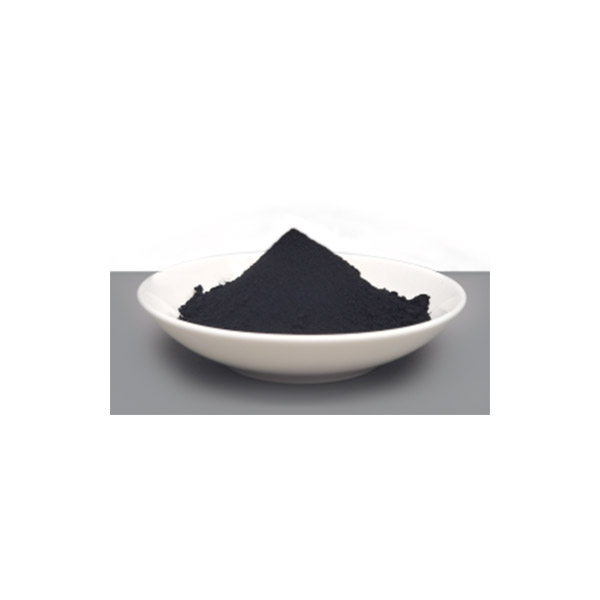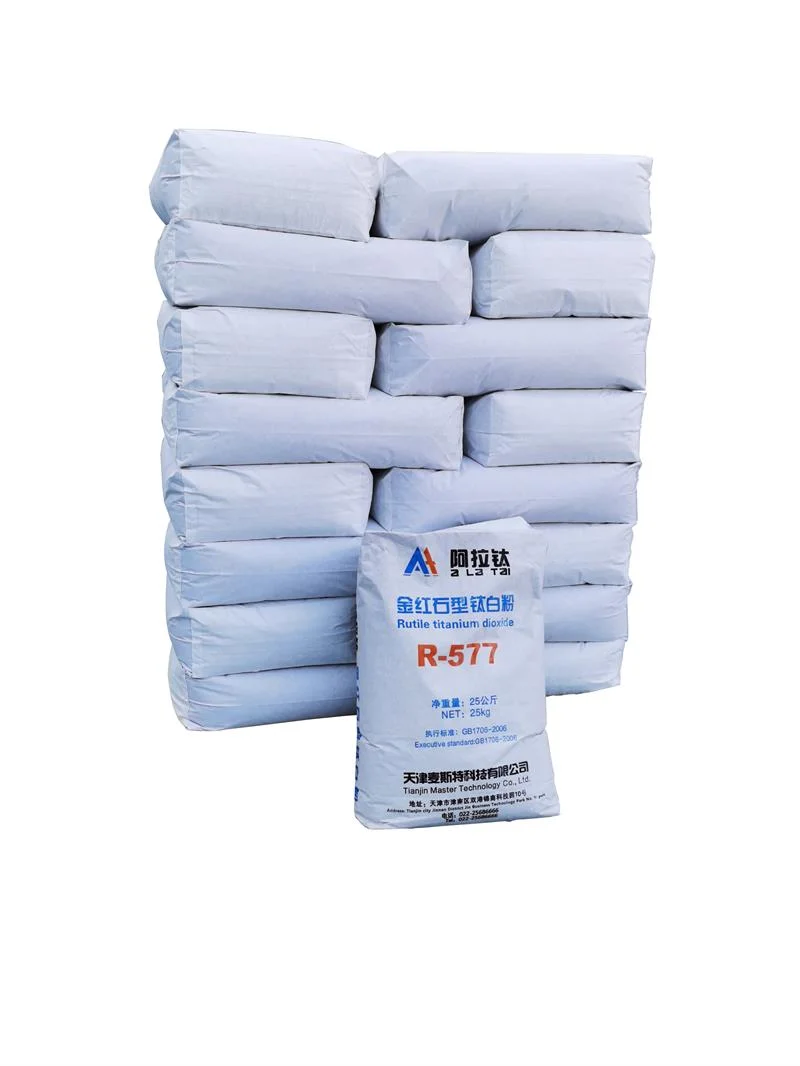The Selection and Application of Cobalt Black Pigment: The Key to Building Material Design
Cobalt black pigment, known for its exceptional durability, stability, and unique color properties, has become a cornerstone in the realm of building material design. Cobalt Black Pigment, launched by D-Ray Technology, is designed for building materials and has attracted wide attention in the construction industry for its excellent color stability, outstanding weather resistance and environmental protection. This unique black pigment not only gives the building surface a deep and lasting cobalt blue hue, improving the overall aesthetics, but also ensures low environmental impact due to its advanced production technology, which is in line with the concept of modern green buildings. Cobalt black pigment not only enhances the visual appeal of building materials, but also demonstrates excellent performance in corrosion resistance, light resistance and thermal stability, making it an ideal choice in high-end architectural design and leading a new trend in color innovation of building materials.

1. Understanding Cobalt Black Pigment
Chemical Composition and Properties
Cobalt black pigment is primarily composed of cobalt oxide spinels, which exhibit a deep, rich black color. Its chemical stability ensures resistance to fading, light exposure, and chemical attack, making it ideal for outdoor applications. The pigment's high opacity and strong coloring power allow for consistent color coverage even at lower concentrations.
Environmental Impact
In terms of environmental sustainability, cobalt black pigment is relatively inert and non-toxic, posing minimal risk to human health and the environment. However, the sourcing and extraction of cobalt ore require careful management to minimize ecological footprint and ensure ethical practices.
2. Selection Criteria for Cobalt Black Pigment
Color Consistency and Durability
When selecting cobalt black pigment, color consistency across batches is crucial. Manufacturers should provide detailed quality control data to ensure uniformity in shade and intensity. Durability is another key factor, particularly for applications subject to extreme weather conditions or high traffic areas.
Application Compatibility
Understanding the pigment's compatibility with different binders, resins, and additives is essential. Cobalt black pigment may exhibit varying dispersion characteristics depending on the matrix it is incorporated into. Testing for dispersion efficiency and stability under processing conditions is vital to achieving optimal performance.
Cost Considerations
While cobalt black pigment offers unparalleled quality, its cost can be a limiting factor. Balancing cost-effectiveness with performance requirements is critical, especially in large-scale building projects. Exploring alternative sources or recycling options can help mitigate costs while maintaining quality standards.
3. Applications of Cobalt Black Pigment in Building Materials
Concrete and Masonry
In concrete and masonry applications, cobalt black pigment enhances the aesthetic appeal of structural elements like paving stones, tiles, and decorative concrete. Its resistance to UV degradation and chemical attack ensures long-lasting color fidelity, crucial for outdoor installations.
Coatings and Paints
Cobalt black pigment's high opacity and durability make it ideal for architectural coatings and paints. It provides a deep, uniform black finish that retains its integrity over time, making it suitable for both interior and exterior walls, doors, and windows.
Plastics and Composites
In the realm of plastics and composites, cobalt black pigment imparts a sleek, modern look to building components such as window frames, cladding, and roofing materials. Its stability under various processing conditions ensures consistent color performance in these versatile materials.
Glass and Ceramics
Cobalt black pigment is also widely used in glass and ceramic applications, contributing to the creation of stunning decorative tiles, vases, and architectural glass installations. Its heat resistance and color stability make it an excellent choice for high-temperature firing processes.
4. Best Practices for Application
Pigment Dispersion
Achieving optimal dispersion of cobalt black pigment is crucial for achieving uniform color and maximum performance. Proper dispersion techniques, such as high-shear mixing and media milling, should be employed to ensure even particle distribution.
Formulation Adjustments
Adjusting the formulation to accommodate the pigment's unique properties may be necessary. This includes modifying the binder system, adding dispersion aids, and fine-tuning the processing parameters to enhance compatibility and performance.
Quality Control
Implementing rigorous quality control measures throughout the manufacturing process ensures consistency in color, opacity, and durability. Regular testing and inspection are essential to maintain high standards and meet customer expectations.
Conclusion
The selection and application of cobalt black pigment play a pivotal role in the design and performance of modern building materials. Its combination of durability, color consistency, and adaptability across various applications makes it a valuable asset in the architectural world. By understanding the pigment's properties, establishing clear selection criteria, and adhering to best practices for application, designers and manufacturers can harness the full potential of cobalt black pigment, creating innovative and enduring building solutions.
https://www.draycolor.com/the-selection-and-application-of-cobalt-black-pigment.html
www.draycolor.com
Zhejiang D-Ray Technology Co., Ltd
